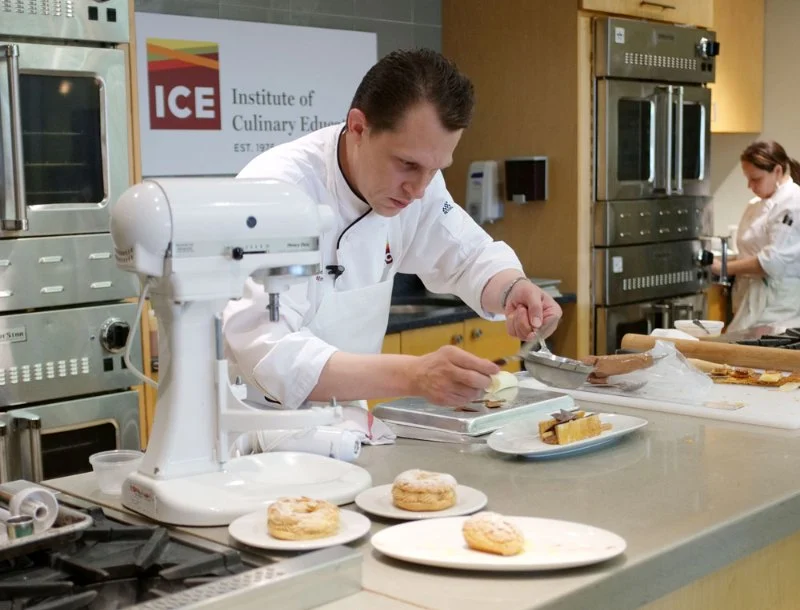
How Dessert Shops Are Blending Traditional Recipes With Contemporary Techniques
- 1. The Evolution of Dessert Making
- 2. Combining Traditional Recipes with Modern Techniques
- 3. The Creative Infusion of Ingredients in Modern Desserts
- 4. Examples of Dessert Shops Pushing Boundaries
- 5. The Future of Dessert Innovation
1. The Evolution of Dessert Making
Traditionally, desserts were all about simple ingredients: flour, sugar, eggs, and butter. These staple components have been used for centuries in iconic treats like cakes, pies, and pastries. However, with the rise of modern culinary techniques and a more globalized food culture, dessert-making has evolved significantly. Today’s dessert shops are exploring new ways to elevate traditional sweets by incorporating innovative techniques and experimenting with contemporary flavors.
This evolution reflects the broader trend in the culinary world, where chefs are constantly seeking to reinterpret old recipes and techniques to create something unique. From molecular gastronomy to sous-vide cooking, contemporary techniques allow chefs to reimagine the texture, flavor, and presentation of traditional desserts, offering a fresh experience to customers.
2. Combining Traditional Recipes with Modern Techniques
The beauty of today’s dessert culture lies in its ability to blend the best of both worlds: the comforting, nostalgic flavors of traditional recipes with the creativity and precision of modern culinary techniques. For example, classic French pastries like éclairs or mille-feuille can now be made with new textures, such as using liquid nitrogen to create frozen elements or adding unexpected ingredients like matcha or yuzu for a contemporary twist.
Modern techniques allow for more control over consistency and precision. A pastry chef might use a blowtorch to achieve the perfect brûlée on a crème brûlée or experiment with the use of gelification to create visually stunning presentations. These techniques can enhance traditional flavors while giving them a modern update, making the end result both familiar and surprising for the customer.
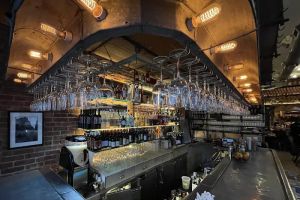
Gelso & Grand / gelso and grand menu
New YorkNew York CountyNew York
186 Grand St, New York, NY 10013, USA
3. The Creative Infusion of Ingredients in Modern Desserts
In addition to using advanced techniques, many dessert shops are also infusing innovative ingredients into their creations. These ingredients can range from exotic fruits and spices to trendy superfoods and alcohol-infused elements. For example, a traditional chocolate cake might be infused with lavender or chili to introduce new layers of flavor, while a classic cheesecake could be paired with salted caramel and pretzels for a sweet and salty combination that appeals to modern tastes.
Additionally, ingredients that were once considered unconventional, such as edible flowers, activated charcoal, and liquid nitrogen, are becoming more common in contemporary desserts. These ingredients not only add bold flavors but also provide a visual spectacle that enhances the overall dining experience.
4. Examples of Dessert Shops Pushing Boundaries
There are several dessert shops that have successfully blended traditional recipes with contemporary techniques. One example is Milk Bar, known for its reinvention of classic desserts. Their Compost Cookie combines ingredients like pretzels, potato chips, and coffee grounds in a cookie, offering a playful and modern take on traditional baking. Milk Bar’s use of techniques like freezing dough and layering textures is an example of how contemporary methods can elevate classic desserts.
Another standout is Dominique Ansel Bakery in New York City, home of the famous Cronut. This hybrid creation merges the flaky texture of a croissant with the shape of a donut, and it’s a prime example of how modern culinary creativity can breathe new life into traditional pastries. Ansel continues to push boundaries with seasonal variations of the Cronut, offering flavors that combine both traditional and innovative elements.
5. The Future of Dessert Innovation
As dessert shops continue to blend traditional recipes with contemporary techniques, the future of dessert innovation looks promising. With the increasing interest in health-conscious eating, we can expect to see more plant-based, gluten-free, and lower-sugar alternatives to traditional desserts, all while maintaining bold flavors and creative presentations.
The continued exploration of molecular gastronomy and advanced cooking methods will likely lead to even more exciting innovations in texture and flavor. Desserts might become even more interactive, with techniques like DIY assembly or customizations via augmented reality (AR) or artificial intelligence (AI), allowing customers to personalize their dessert experience like never before.
At the same time, the blending of cultures and cuisines will continue to shape the future of desserts. As global influences grow stronger in the culinary world, expect to see even more fusion desserts that incorporate flavors and techniques from diverse culinary traditions. For those eager to explore new dessert trends, Dine Droop offers insights into the best shops and seasonal offerings near you, providing recommendations for the most innovative dessert experiences.





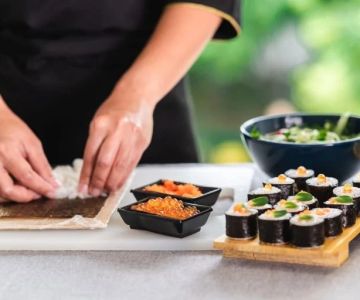
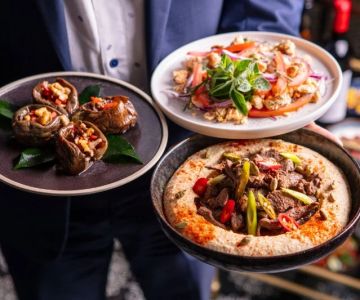

 IHOP3.0 (470 reviews)
IHOP3.0 (470 reviews)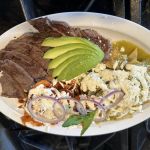 Al Chile4.0 (87 reviews)
Al Chile4.0 (87 reviews) Vive La Crepe4.0 (28 reviews)
Vive La Crepe4.0 (28 reviews)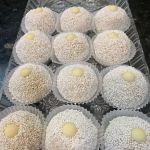 International Cafe & BBQ4.0 (276 reviews)
International Cafe & BBQ4.0 (276 reviews) Supreme pizza NY3.0 (23 reviews)
Supreme pizza NY3.0 (23 reviews) Munch Heimish4.0 (241 reviews)
Munch Heimish4.0 (241 reviews)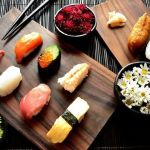 Best Sushi Restaurants for Every Budget and Taste: A Complete Guide
Best Sushi Restaurants for Every Budget and Taste: A Complete Guide The Appeal of French Restaurants for Special Occasions
The Appeal of French Restaurants for Special Occasions Exploring Vegan Restaurants That Focus on International Flavors
Exploring Vegan Restaurants That Focus on International Flavors How Pizza Restaurants Are Attracting Customers With Limited Edition Offerings
How Pizza Restaurants Are Attracting Customers With Limited Edition Offerings How Wine Bars Are Organizing Pairing Nights for Enthusiasts
How Wine Bars Are Organizing Pairing Nights for Enthusiasts How Juice Shops Are Integrating Superfoods Into Daily Menus
How Juice Shops Are Integrating Superfoods Into Daily Menus